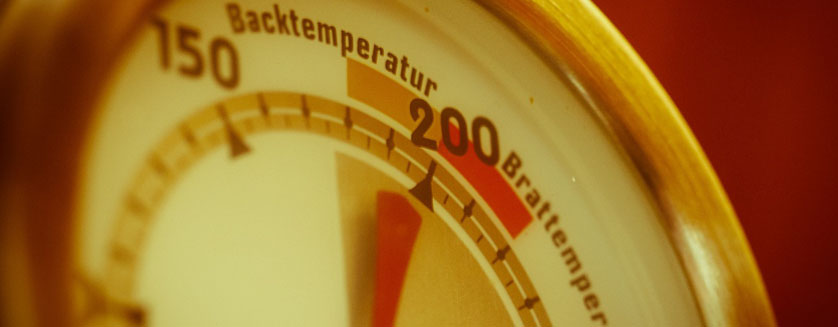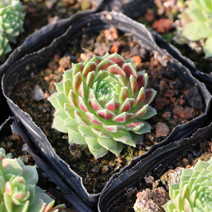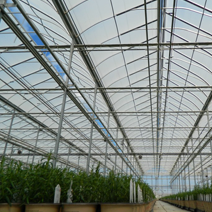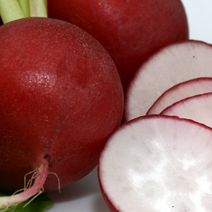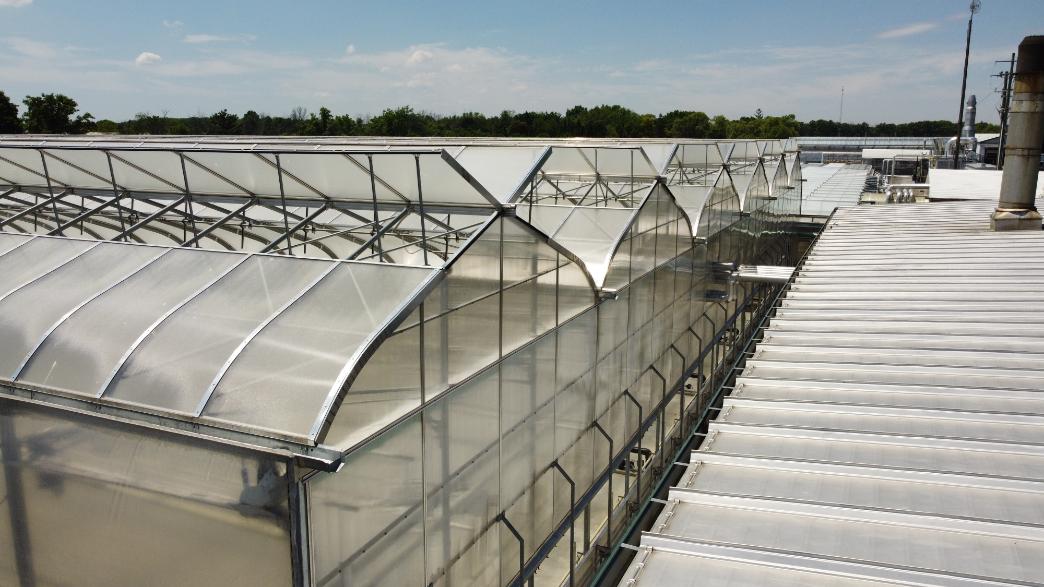A Heating System Efficiency Checklist
The unavoidable is upon us; heating season! As unpleasant as it may be for all growers, winter is a fact of life and it must be considered. Heating costs during the cold winter months are of prime concern - here is a quick checklist to maximize the efficiency of your greenhouse heating system:

1. Pipe Insulation
Considerable fuel is wasted each year from bare heating system pipes in areas where heat is not needed. Often in boiler rooms the main pipelines from the boilers are not insulated, this represents unnecessary heat loss and can cost valuable energy. Check the pipes in your boiler room; are they insulated? If they are not, it could mean that you are wasting valuable heat that is needed in the greenhouse, not the boiler room. You will want to insulate these pipes now to help trim your heating bill. Have a look around your greenhouse, where else can you find heating pipes that are warming up an area unnecessarily? Most growers are surprised how much unnecessary heat is emanating from heating pipes that should be insulated, and how much valuable energy is consistently wasted.

2. Pump and Valve Check
Before leaky pumps and valves become issues during heating season, make a visual inspection of all valves and pumps in your hydronic heating system. Leaking pumps and valves means money leaking out of your heating system. Hot water seeping from a pump can often be fixed with a simple gasket; if a valve is leaking it can mean that the bolts on the flanges need to be tightened. While making a visual inspection of your pumps pay attention to the sound they are making, if a pump sounds different it could be a bearing issue, compromising the efficiency of your pump. Putting up with heated water leaking from your greenhouse heating system is common, you always have the intensions of fixing the problem but something more important comes your way. Look at that water as cash wasted and you may find your way to fixing those leaks sooner rather than later!
3. Review Your Climate Control Settings
In order to take advantage of the efficiencies afforded by a climate control system, adjustments must be made seasonally. Take a closer look at sunset times and the measures internally you can make to compensate for sudden temperature drops. Can boiler temps be adjusted to eliminate constant cycling, and can shading systems be closed earlier to help compensate for the drop in temperatures when the sun sets earlier in the winter? There are many ways to save energy using small adjustments that are often over looked; the key is to initiate these adjustments before your heating system is working overtime. Your heating system could be the most efficient in the industry, but if you are not proactive in adapting your controls to the changing of the seasons, you are wasting this efficiency.

4. Sensor and Gauge Testing
Too many times growers have wasted valuable time investigating a climate control issue when a quick test of the accuracy of a gauge or sensor would have solved an issue immediately. Gauges and sensors do occasionally fail over time and need to be replaced. Most areas where there is a gauge there is also a sensor. By looking at the gauge and comparing that with what the sensor is recording you can easily determine if all is accurate or one is reading false. Determining which is faulty is easy; have a new gauge on hand and replace the old one. If the new gauge reads differently, then it is the gauge, if there is no change, then the sensor needs to be replaced. Checking the accuracy of these devices before starting the heating system can save valuable energy in colder weather.
5. Annual Burner and Boiler Check-up

A thorough cleaning and adjustment of the burner can increase efficiency. The most important adjustment is the air supply setting. Too little air results in incomplete combustion; too much air carries some heat up the chimney. A thorough check-up of all burners and boilers in your operation by a qualified technician is essential in maintaining system efficiency. A visit during the summer months is ideal as the boilers may need to be shut off for periods of time during the servicing. The cost of this service is minimal compared to the savings a properly maintained burner and boiler will provide during the cold winter season.
6. Keeping a Clutter-Free Boiler Room
A cluttered boiler room or a boiler room used for storage obstructs the free circulation of air and has a detrimental effect on both proper burner combustion and the ventilation for cooling of equipment, in addition to posing a fire hazard. Obstructions placed in front of the combustion air openings restrict the free flow of air into the boiler room and may cause the burner to not get enough air for proper combustion. When this happens, it will begin to produce soot and carbon monoxide (CO). Remember, the boiler room is for the boiler and should never be used for storage.

When a boiler room becomes the storage area, routine visual examination and servicing of the equipment is in serious doubt. Boilers and their supporting machinery, controls, piping and valves need to be checked and maintained regularly. If a technician or maintenance person has to move or wade through objects it is not only dangerous but it adds valuable time to even routine maintenance, which can add plenty to greenhouse maintenance bills. Take the time on a regular basis to make sure all heating components in a boiler room are easily accessible, your pocket-book will thank you.
7. Check of Steam Valves
Problems with steam systems are not always obvious as equipment may continue to function, although impaired. Some problems lead to premature failure of equipment, but it may not be obvious what the cause of the failure was. It is for this reason that all 2-way valves in a steam system must be checked manually on an annual basis. Valves fail due to wear, corrosion, and dirt/contaminates stuck in the valve seat and under use. The only way to determine the state of the valve is to remove it from the system and determine visually if it is working properly unless it is obviously leaking. A zone valve that is stuck closed can mean that heat cannot get to that zone in the greenhouse. This unfortunately would not be evident until the zone is calling for heat. To avoid stuck or seized valves, develop a routine of manually cycling valves in the off season, this will assure the valves are in working order when they are needed. The key is to do this inspection before heat is required in your greenhouse, your crop will thank you!
An annual maintenance plan for your greenhouse heating system is very important as illustrated in this 7-point checklist, but it’s also beneficial to keep a supply of repair parts handy in case of emergencies. The best kept heating system can still have its unexpected failures and spare valves, gaskets, seals, gauges and sensors would aid in dealing with these emergencies. The extra cost of keeping an extra parts supply would pale in comparison to the peace of mind that preparation would provide.
